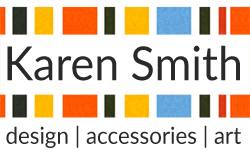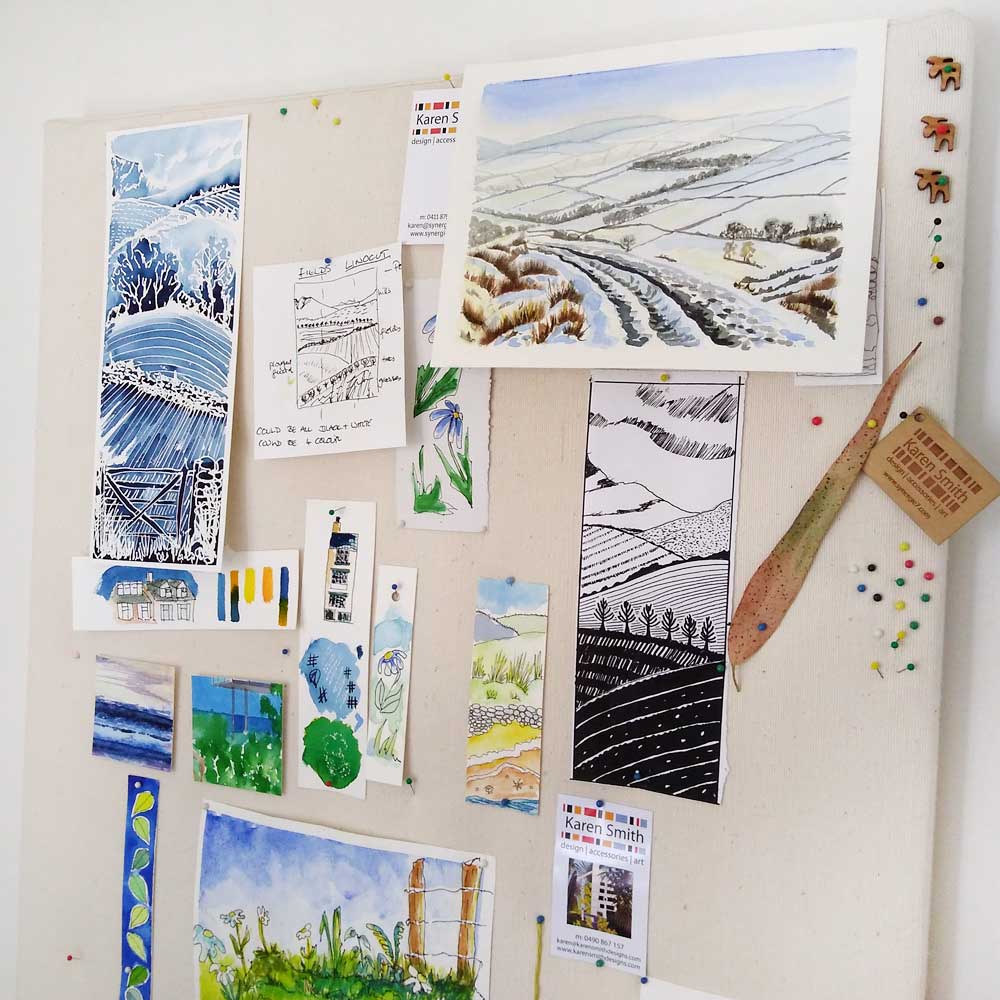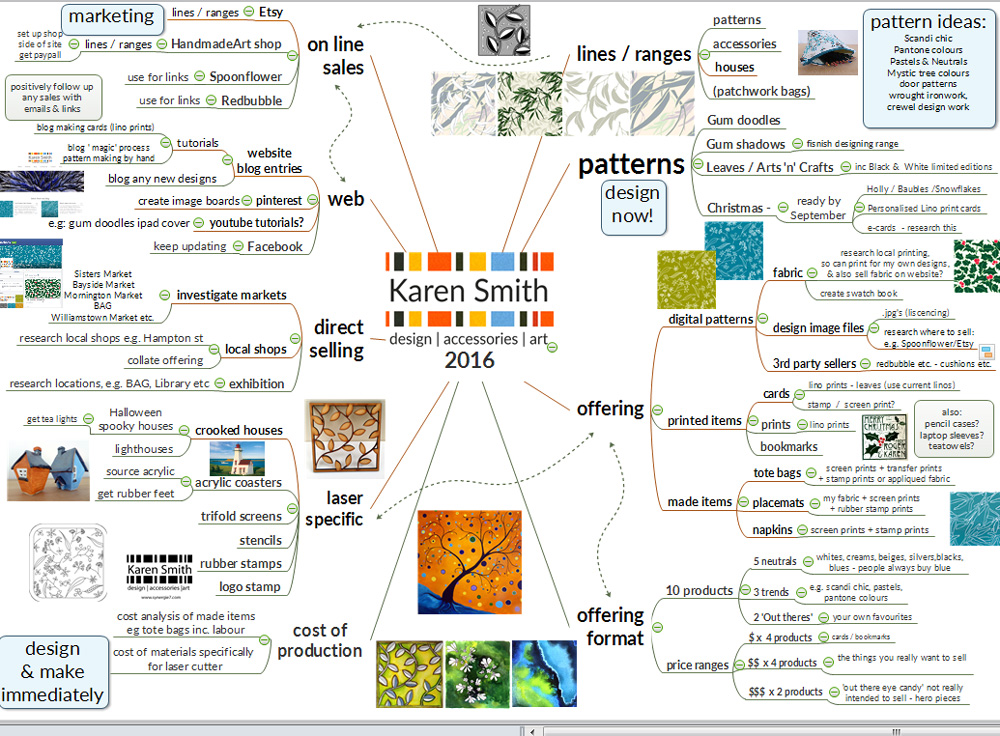A: When it looks like a finished item, rather than a work in progress.
Mood boards, sketchbooks, journals – are becoming finished items to be admired in their own right.
I have noticed an increasing trend towards taking creative methodologies, tools and processes and turning them into art forms to be shared through the more visual social media platforms such as Instagram and Pinterest.
Whilst I completely understand the attraction of this approach, I truly believe that these activities are no longer a purely creative process but one where creating sits alongside curating and consuming.
When a finished product is your end goal, creative decisions are biased towards this outcome.
The creative process is bound to be constrained and outcomes can be sanitised. For example, a mood board design idea may be included or discounted because a photo representing it does or doesn’t suit the overall composition of the board. At best the design idea has been considered for superficial purposes as well as its own attributes, at worst it has been discounted without evaluation.
Digital 2D boards and physical 3D boards
Don’t get me wrong, I do believe that ‘finished artwork’ mood boards have their place. Digital mood boards can be created easily using online programs such Canva for the layout in association with image sites such as Pintrest for the content.
Now this is fine if you already have a strong design idea in mind and want to convey exactly what you are talking about, say for an interior decorating project. Assembling images of furniture, paint colour chips, carpet samples, lighting etc. is fine – but really, what we are creating is a ‘Finishes Board’. (On TV makeover shows finish boards are often referred to as mood boards).
Continuing the interior decoration theme, you may want to take one step back in the process and create a design theme for your living room from scratch. The problem with assembling a digital mood board is that not only is your online content source pool restricted, as it is delivered to you based upon your browsing preferences, but it is also a ‘removed’ process, assembling pictures of rugs, fabrics and other 3 dimensional elements in a purely 2 dimensional format.
Real world original sources
I see a mood board as the burrow you return to after a day foraging in the real world of visual, tactile and inter-personal experiences, they are often the result of at least a few days work, not half an hour of cutting and pasting.
Content can still be digital – but be from original sources and qualitative in nature.
When creating a real life, physical mood board for a project you will become more alert to your surroundings: that great oversize gilded mirror in your morning coffee bar – (snap it with your phone camera), the book cover picture in a window display (snap), the intangible sense of space you get when walking down a particular street (snap) – this is great original source mood stuff!
Download, print it out and put it on your board in a haphazard way, initially just collect – don’t arrange. Portable printers for smart phones are becoming widely available – I think this is great – a recognition of the need to capture physically what has become transient.
A mood board is a messy, enjoyable, immersive process, that evolves alongside your project.
It will end up being beautiful, but that’s towards the end of your design process not the beginning.
karen
Latest posts from karen
- Painting with water mixable oils - August 15, 2023
- Using watercolour swatches - January 23, 2023
- Watercolour Sunflower 11/03/2022 - March 11, 2022


